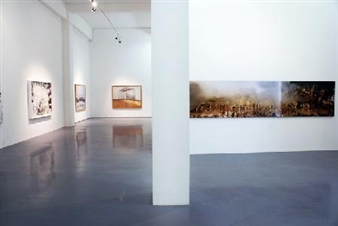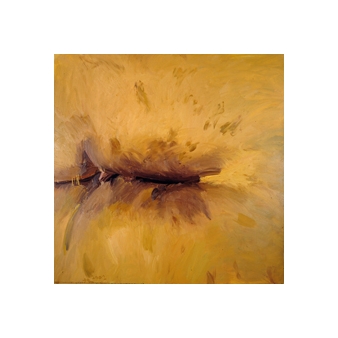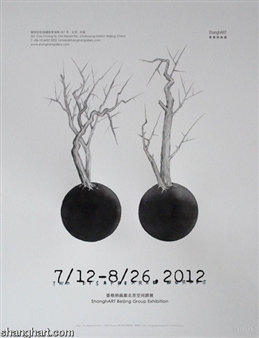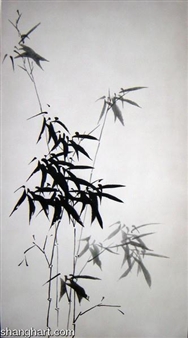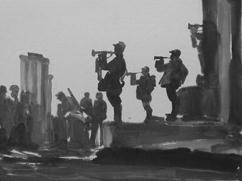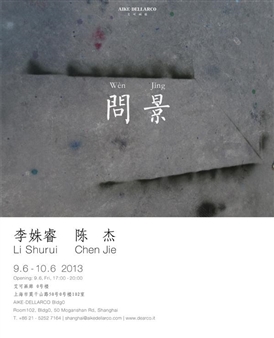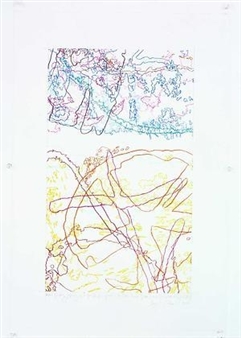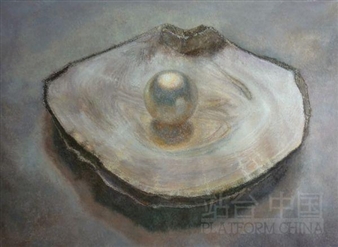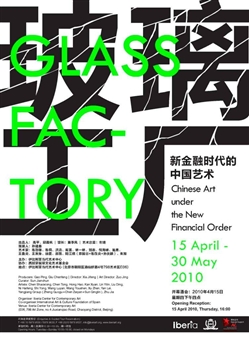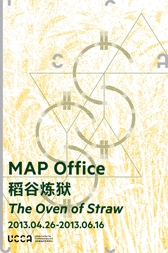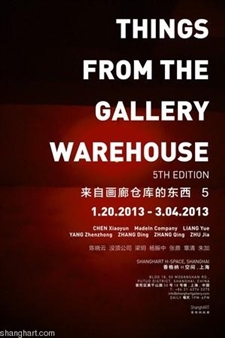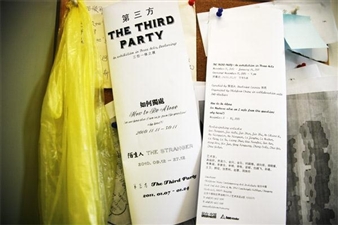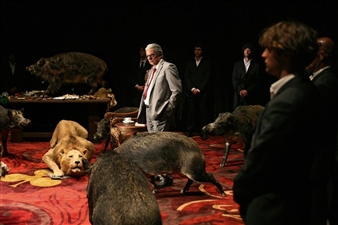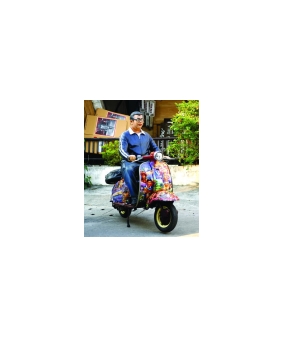Ministry of Truth - International Group Exhibition

Boers-Li Gallery, Beijing, Beijing, 02/16/2012 - 03/25/2012
1-706 Hou Jie, 798 Art District, No.2 Yuan, Jiuxianqiao Lu
We are pleased to announce the opening of Ministry of Truth, an international group show, bringing together nine renowned artists Sam Samore, Trevor Paglen and Jonathan Horowitz from the U.S., Jonathan Monk from Berlin, and Zhang Peili, Qiu Xiaofei, Gonkar Gyatso, and the Fact Study Institute from China. In all of their work, an equal approach towards contemporary issues is reflected, exploring identity, political stratification and information distribution. In significant, yet fragmented ways, these nine different artists employ the multi-facetted possibilities of today’s media: painting, sculpture, video, photography, mixed-media, poster printing and installation. This international group show, Ministry of Truth, marks a new focus for Boers-Li Gallery - both now and in the future – to support the various positions of China’s emerging young artists, of China’s historically significant older generation, and now of internationally significant artists as well.
One of the major forces of contemporary art is its ability to show life as we know it in another way. By creating slightly-eschewed representations of this world, art works bring a reality we take for granted back into the light for consideration; opening a window to the "true" world behind the facade of our daily life, you could say. It was this phenomenon of the artist seeking truth which leading conceptual artist, Bruce Nauman, referred to in his neon work "The True Artist Helps the World by Revealing Mythic Truths".
Works like this put the state of contemporary art into plain view. Conceptual artists, in their irony, reveal the “truth” of art and what it has become since the dawn of Modernism. And as this truth transforms into one that is too ostentatious and too grotesque – it becomes so very untrue. To deal with this dilemma all kinds of escape routes are being invented. Influential philosopher Michel Foucault identified the different "Regimes of Truth," explaining that truth is defined by power and that it remains true historically, but does not serve contemporary society. The challenge is then to deal with the separation of historical truth and contemporary truth, an idea particularly relevant in this globalizing world. We assume competitive “cultural regimes” like Europe versus the U.S., or West versus East are the primary relevant topics, but such discourse of archaic truths structured beneath geopolitical lines is obsolete in our contemporary global society.
The exhibition Ministry of Truth looks into the many layers of contemporary art produced in this globalizing world. Topics of cultural identity, political stratification, information distribution and transparency of knowledge are obscured from our daily lives, yet they have transformed into the major affecting issues of our time. Sam Samore’s (Paris) new video work “Veritas,” produced and recorded in Beijing and Paris for this show, is both sensuous and candid. Samore - who has built up a broad, global experience as an artist - questions his culturally diverse actors, and with them, his audience, by presenting generic issues like the Environment, Health, Love and Immortality and asking to what degree do these subjects actually matter to them.
Zhang Peili (Hangzhou) tackles the topic of identity and its political implication from a distance with direct visual vocabulary in his incredibly focused new video work, "The Distance of a 1 kilometre". Zhang Peili activates the audience’s perspective; does “identity” in public space gain clarity once approached, transforming into a greater attribute? Or on the contrary, does it dissolve under close scrutiny in this public space? In a similar vein, the Fact Research Institute (Yan Xing and Cai Kan, Wuhan) directly defines the so-called politics of the body. Connecting identity with its physical and sexual consequences and how it defines the private / public space.
Both Jonathan Horowitz (New York), one of the more outspoken critical artists in the U.S., and Jonathan Monk (Berlin), the well-known, more sardonic artists’ critic, toy with pseudo-national symbols to critique the standard convention of cultural identity and power. Horowitz’s exhibited work “New American Flag Made in China”, presents a newly conceived flag, with its provenance in China: 50 stars exchanged for one big star like the Chinese flag. Monk, with his European perspective, presents the American flag as a world atlas – almost like something conceptual artist Alighiero Boetti would have done – with its entirety composed of small pieces of the American flag.
Gonkar Gyatso’s (Lhasa, Beijing, London) work “Regarding Buddha (Buddha Stopped Smiling)” is a balancing act transgressing the standard aesthetic lines in Pop Art like fashion. Chinese characters are covered up with his invented vocabulary of Tibetan and Chinese, held together in decorative Chinese frames; an identity scribbled out by archaic historic truths.
In today’s age, we know that informal, confidential networks are distributing more and more of the truths “normal citizens” rely upon and consequently the more “we” develop strategies to make those realities visible the more disconnected we become. The work of artist and researcher Trevor Paglen (New York) is dedicated to this phenomenon in particular: the disconnection between information distribution and specific political realities. To investigate so-called “open secrets” Paglen utilizes an impressive set of highly sensitive long-range recording equipment, to capture evidence which proves these hidden worlds’ existences. His work exposes photographs of secret military bases, operating drones and unrecorded, qualified satellites in space.
This process of reconstructing how our visible reality is pieced together is how Qiu Xiaofei (Beijing) constructs his new series of combined painting and installation. “Mountain Behind Wood Behind Mountain” flips the perception of what art “should” do (record or imitate reality). Instead Qiu paints an image and then partially constructs that depicted image, recreating the reality - from which the perception, the painting originally emerged - itself.
Ministry of Truth embraces a series of persuasive and current perspectives that redefine what “truths” exist in our world, while at the same time undercutting its own premise with the advocacy of “the impossible”; a system of power and truth broken down by a new wave of contemporary global artists.
